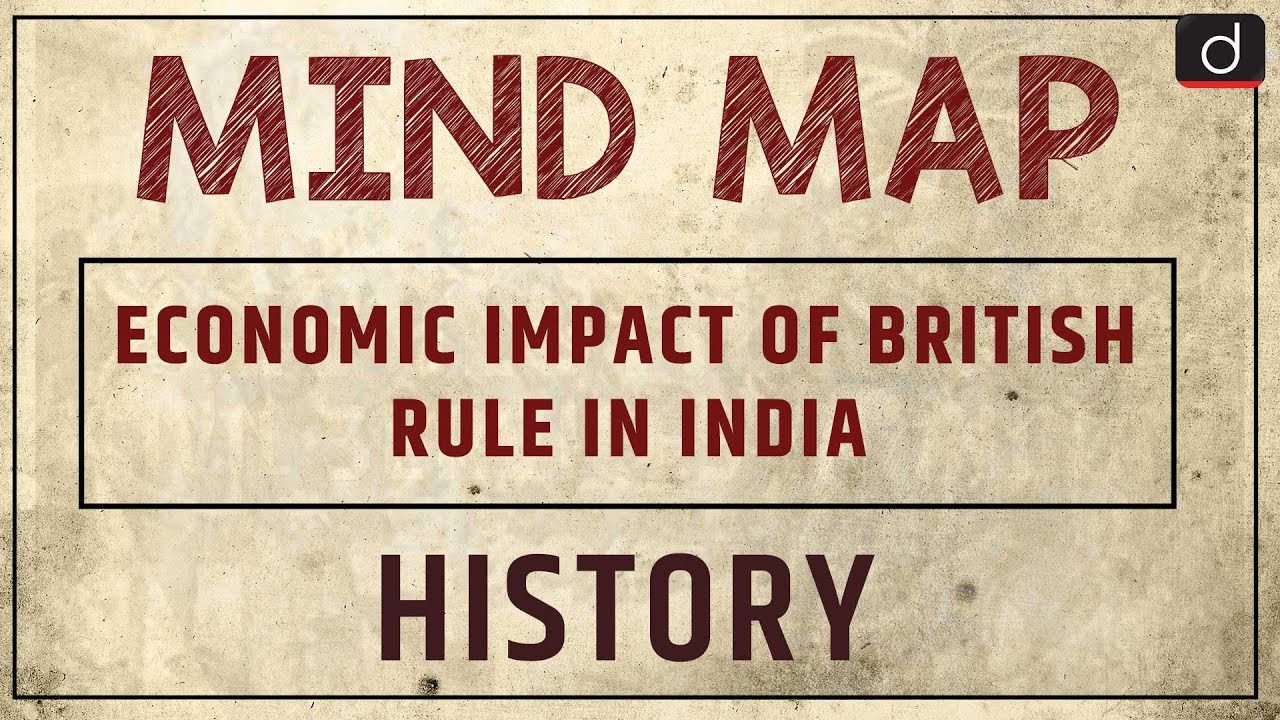Raja Ram Mohan Roy | Documentary | 1984 | English
Summary
TLDRThis script narrates the life of Raja Ram Mohan Roy, a pioneering figure in India's social and religious reform. Born in 1772, he fought against practices like sati and idolatry, advocating monotheism and social unity. He was a visionary who engaged with both Indian and Western philosophies, promoting education, women's rights, and scientific thinking. His efforts to bridge the gap between East and West laid the foundation for modern India, making him a key figure in the Indian Renaissance. His legacy includes the Brahmo Samaj and his vision of universal brotherhood.
Takeaways
- 🌟 Ram Mohan Roy was a pioneer of the Indian Renaissance and fought against social evils like Sati.
- 📅 He was born on May 22, 1772, in a period of significant political change with the East India Company taking direct control.
- 🏡 Born into a wealthy Brahmin family, his early education was marked by a lack of truly learned men in Hindu society.
- 🔍 He was multilingual, studying Arabic, Persian, and Sanskrit, and was influenced by monotheism and Sufi beliefs.
- 📚 Ram Mohan Roy wrote his first book advocating monotheism, which was claimed by Muslims as influenced by Islam.
- 🌐 He believed in social unity and the elimination of religious barriers for India's progress.
- 🤝 He had influential Western friends like John Digby, who introduced him to European scientific thought and humanism.
- 🌉 He was a bridge between East and West, translating Vedanta into Bengali and English, influencing Western thinkers.
- 📖 He introduced non-Indian words into Bengali, advocating for language evolution alongside societal progress.
- 🚫 He was a vocal opponent of Sati and fought for women's rights, including widow remarriage.
- 🌱 He founded the Brahmo Samaj, a non-sectarian religion emphasizing the worship of one God without caste or creed distinctions.
- ✈️ He died in England on September 27, 1833, but his ideas on unity, interdependence, and social progress are still relevant today.
Q & A
Who was Raja Ram Mohan Roy, and what is he most known for?
-Raja Ram Mohan Roy was an Indian reformer and thinker, known for his efforts in combating social evils such as the practice of Sati and advocating for monotheism, social unity, and modern education. He is considered the 'first modern Indian' and a key figure in the Indian Renaissance.
What significant event occurred in 1772, the year Ram Mohan Roy was born?
-In 1772, the East India Company took direct control of India, ending its pretense of operating under the Mughal Empire. This year also marked the birth of Ram Mohan Roy, a crucial figure in India's social and intellectual transformation.
What was the confrontation between Ram Mohan Roy and his father about?
-Ram Mohan Roy confronted his father over the practice of idolatry in Hinduism, arguing that it diluted the belief in one God. His father tried to defend idol worship as symbolic, but Roy rejected it entirely, advocating for pure monotheism.
How did Ram Mohan Roy's early education shape his beliefs?
-Ram Mohan Roy's early education in Persian, Arabic, and Sanskrit, combined with his exposure to the Quran and Sufi mysticism, reinforced his belief in monotheism. His studies in various religious traditions shaped his conviction that all religions point to a single divine truth.
What was Ram Mohan Roy's view on the unity of religions?
-Ram Mohan Roy believed that all religions ultimately led to the worship of one God. He rejected religious symbolism and advocated for a monotheistic belief system that transcended sectarian divides, aiming for social unity in India.
What was the significance of Ram Mohan Roy's relationship with John Digby?
-John Digby, an English administrative officer, became a close friend of Ram Mohan Roy. Their intellectual discussions on monotheism, Western humanism, and scientific outlooks helped Roy develop his ideas further. Digby encouraged Roy to translate Vedanta into Bengali and English, which had a lasting impact on Indian and Western intellectual circles.
What major social reform is Ram Mohan Roy credited with achieving in 1829?
-Ram Mohan Roy is credited with the abolition of the practice of Sati, the burning of widows, in 1829. He worked tirelessly to convince Lord William Bentinck to pass a law banning the practice, marking a major victory in his social reform efforts.
How did Ram Mohan Roy influence modern education in India?
-Ram Mohan Roy was the first Indian to advocate for modern scientific education in English. He believed that content was more important than the language of instruction, leading to the establishment of colleges and universities in India that incorporated modern educational practices.
What was Ram Mohan Roy's contribution to the Bengali language?
-Ram Mohan Roy was the first writer of prose in Bengali and played a pivotal role in modernizing the language. He rejected the idea of purity in language, advocating for the use of common words and non-Indian terms as society and language evolved.
What is the relevance of Ram Mohan Roy’s legacy to modern India?
-Ram Mohan Roy's legacy is highly relevant to modern India as his fight against social evils like casteism, communalism, and regionalism remains pertinent. His belief in equality, interdependence, and the brotherhood of humanity continues to inspire efforts to create a more equitable and just society.
Outlines

此内容仅限付费用户访问。 请升级后访问。
立即升级Mindmap

此内容仅限付费用户访问。 请升级后访问。
立即升级Keywords

此内容仅限付费用户访问。 请升级后访问。
立即升级Highlights

此内容仅限付费用户访问。 请升级后访问。
立即升级Transcripts

此内容仅限付费用户访问。 请升级后访问。
立即升级浏览更多相关视频

Swami Vivekananda | How Naren became a Monk! | Dhruv Rathee

History of Sati Pratha | Banned Funeral Custom in India | Widow Burning | Raja Ram Mohan Roy | UPSC

Economic Impact of British Rule in India - MIND MAP | Drishti IAS English

5 Steps To Get Financial Freedom। 30 की उम्र में Financially Free होना सीखो।

Dr. Ram Manohar Lohia by Ravindra Kelekar XII HINDI Goa Board NCERT Summary of the lesson

Sejarah Asal NAMA Raja TARIHORAN - Binatang PATIHORAN (Lipan Kecil Bercahaya)
5.0 / 5 (0 votes)
